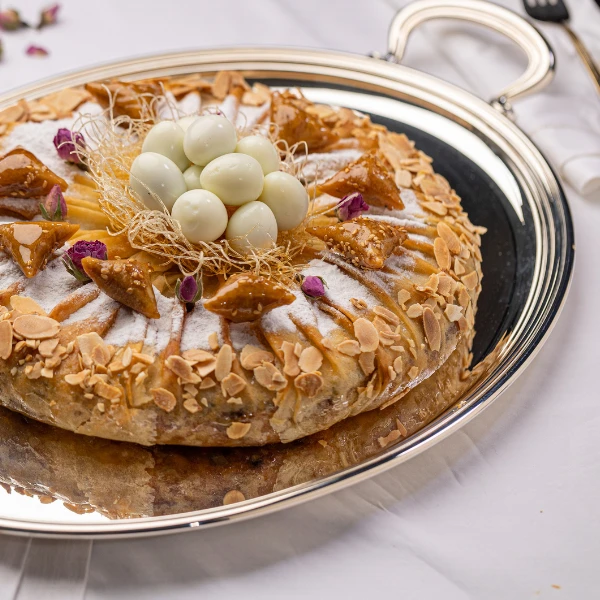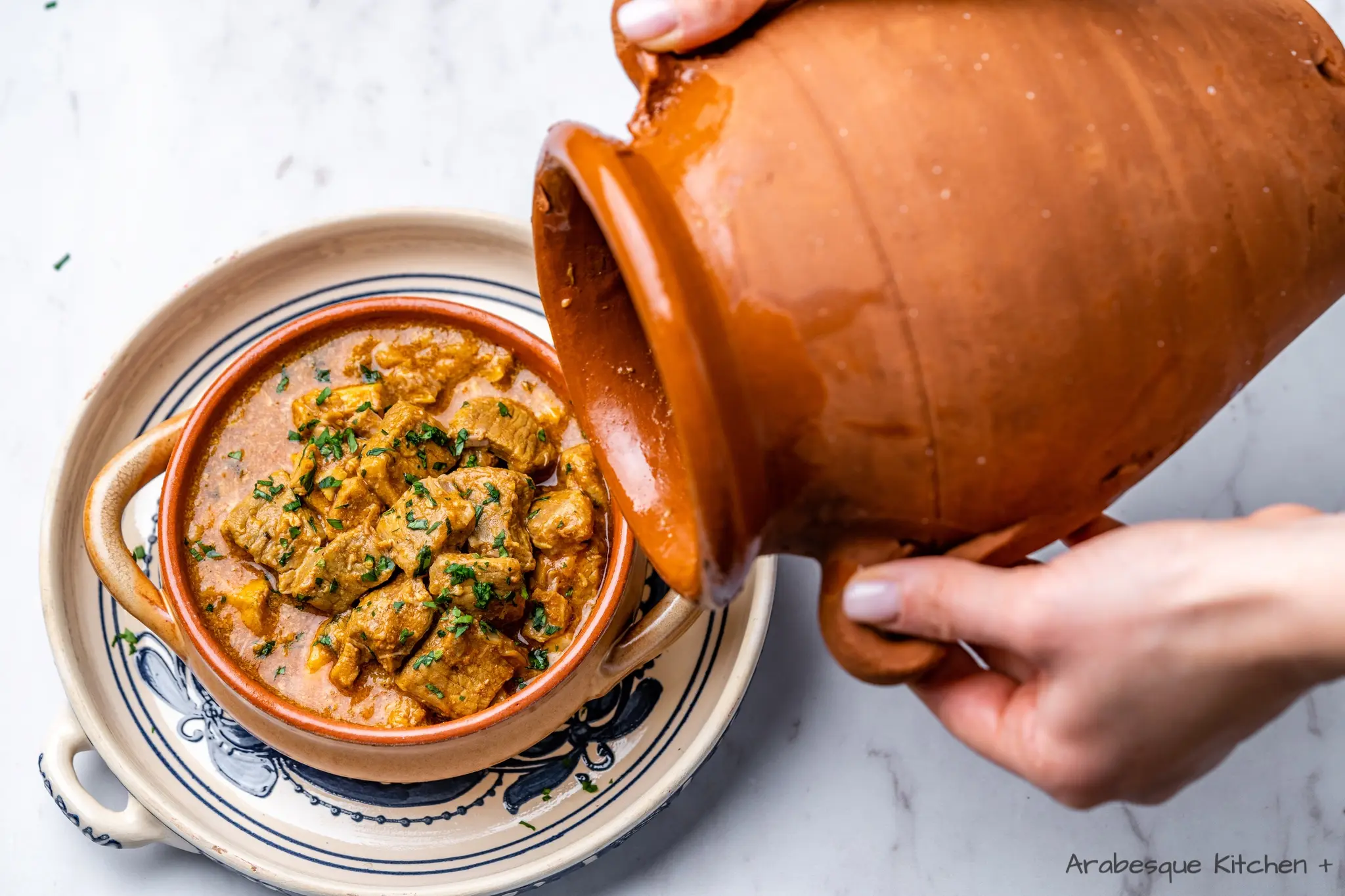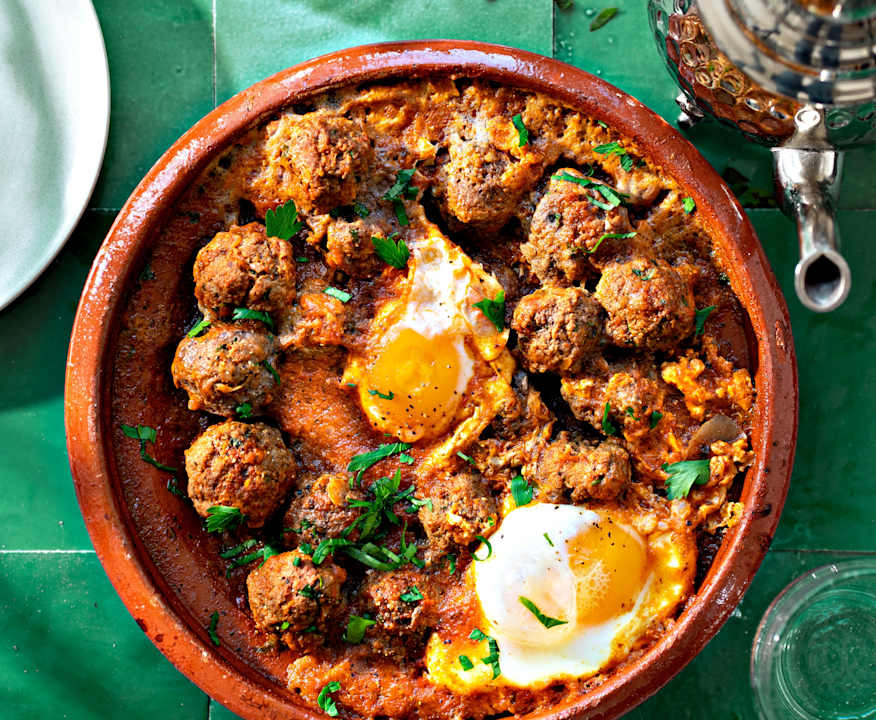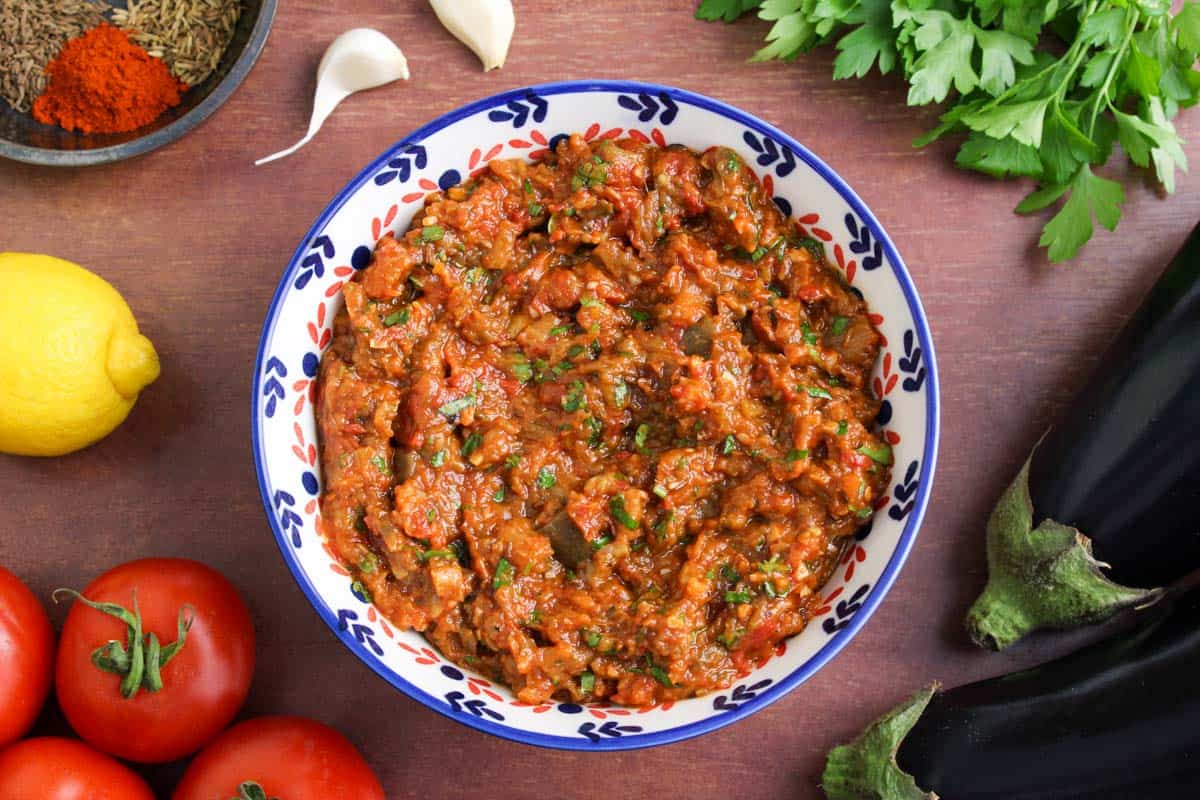 Moroccan Recipes
Moroccan RecipesFrom quick meals to gourmet delights, find your next favorite dish here.
Explore Recipes
This is one of the most iconic and beloved chicken tagine recipes. The preserved lemons provide a unique, salty-citrusy tang, and the olives add a briny depth.
:max_bytes(150000):strip_icc()/berber-tagine-1-2718-x-1800-57c500575f9b5855e537715c.jpg)
A vegetable tagine is a fantastic way to enjoy the rich flavors of Moroccan spices while highlighting the natural sweetness of root vegetables and squash.

Couscous, Morocco's national dish, is perfected through the art of steaming the grains multiple times for an airy texture, accompanied by a rich, aromatic stew, distinguishing it from instant varieties..

Pastilla, also known as Bastilla, is a celebrated Moroccan savory-sweet pie featuring a rich, spiced meat (typically chicken) filling within a crispy, flaky pastry, traditionally dusted with powdered sugar and cinnamon. Its special appeal comes from the harmonious blend of tender meat, creamy egg, crunchy almonds, and buttery pastry.

Tanjia, specifically Tanjia Marrakshia, is a unique "bachelor's stew" from Marrakech, traditionally cooked by men in a clay urn. It's slow-cooked for hours in the hot ashes of a farnatchi (communal bathhouse furnace), resulting in incredibly tender and flavorful meat. While hard to replicate traditionally, a similar result can be achieved using an oven or slow cooker.

Kefta Tagine, also known as Kefta mkaouara, is a cherished Moroccan comfort food featuring spiced meatballs simmered in a rich tomato sauce. Often finished with eggs poached directly in the sauce, it exemplifies Moroccan cuisine's ability to create deeply satisfying meals with simple ingredients and spices.

Harira is a classic Moroccan soup, particularly beloved for its role in breaking the fast during Ramadan. It's a hearty, nourishing, and deeply flavorful soup that combines tomatoes, lentils, chickpeas, and a mix of herbs and spices. While there are many variations, the core ingredients and the final step of thickening the soup remain consistent.1

Zaalouk is a classic Moroccan cooked salad or dip that is smoky, garlicky, and incredibly flavorful. It's a staple at many Moroccan tables, often served as a side dish or an appetizer with crusty bread for dipping. The main ingredients are eggplant and tomatoes, which are cooked down with a blend of spices until they become a soft, spreadable consistency.

Khobz, Morocco's beloved daily bread, is an essential part of every meal, often used as a utensil. These round, flat loaves, with their distinct crust and soft interior, are traditionally made with a mix of white and semolina flours and sometimes seeds. While many buy it from bakeries, home baking, often involving communal ovens (ferran or farnatchi), remains culturally significant.

Bissara is a humble, comforting, and nutritious Moroccan soup or dip, popular in colder months and often served for breakfast or light lunch. Its star ingredient is pureed, tender, dried fava beans (sometimes with split peas), creating a creamy, smooth consistency. The dish's appeal lies in its simple preparation and the generous use of olive oil and warming spices, particularly cumin.

Msemen, a popular Moroccan pan-fried flatbread, is a flaky, chewy, and crispy square-shaped bread enjoyed for breakfast or tea. Its distinctive layered texture, similar to paratha, is achieved through a unique folding technique and the generous use of oil and butter to keep the thinly stretched dough layers separate.

Moroccan Mint Tea, known as Atay bi Na'naa, is more than just a beverage; it's a symbol of Moroccan hospitality, friendship, and tradition. Preparing and serving it is an art form, often a ceremonial act, especially when guests are present. The tea is typically very sweet, made with strong green tea and fresh mint, and poured from a height to create a frothy "head" (called kashkusha).